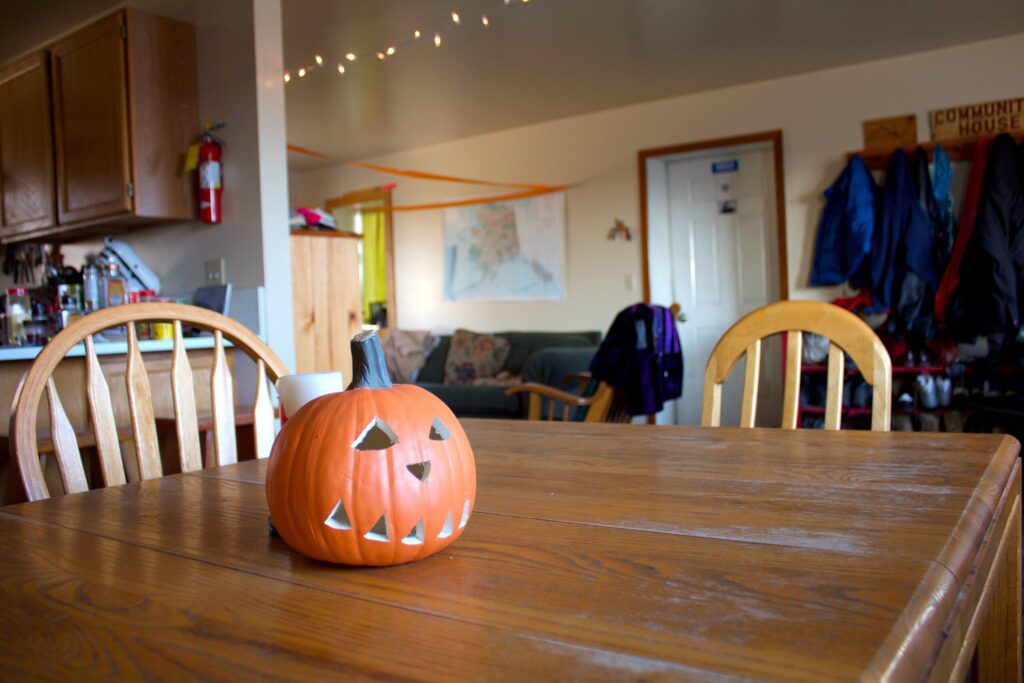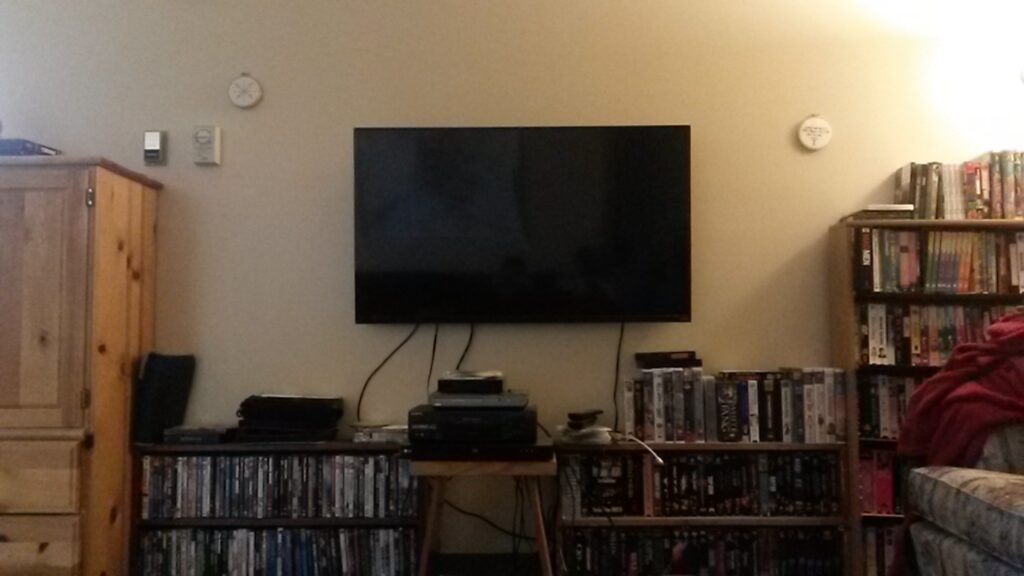It’s a time of transition at KNOM. Volunteers are packing up and leaving, their rooms a blank canvas of bed, desk, and dresser, awaiting a new occupant to make it his or her own. Schedules at work are shifting as people segue into new positions while awaiting new faces. Even the weather is changing, from the cool and relatively dry summer we’ve enjoyed so far this year, into a much wetter time of year. We broke some rainfall records last week, making this month Nome’s third wettest July ever (well, at least in Nome’s 100+ years of climatological records).
For me, that time of transition feels … protracted. I’m working with KNOM through the first week of September, and will watch as the other volunteers of this “batch”—Bekah, Matty, and Ben—all make (or have already made) their exits first. Cleaning the house for its new inhabitants has been strangely cathartic. I’ve gotten rid of a lot of trash, donated some quality goods to the thrift store, mopped a lot of floors, and thawed a freezer (and harvested about 7 gallons of filthy water for my efforts … must have been a while). I’ve begun to take things down from my wall collage, and have had to decide which books will leave Nome with me, and which ones will flow seamlessly into the bloodstream of literature that circulates in the KNOM Permanent Collection. And, saddest of all, I’ve piled up all the beer brewing stuff that’s supplied the house with home made beer for the past two years. It’s ready to go out the door to the next passionate homebrewer. There’s still a lot left to do to get the house “ready,” but it’s getting there. I apologize in advance for the men’s bathroom.
Work-wise, the transition is a bit melancholy. I never would have thought I’d enjoy the various city council and utility board meetings that I cover, but surprisingly, I do. When you’re up to speed on the issues, and you know the faces that sit around the table, you get to see the slow and steady step-by-step process of how a city builds itself. How it plans, how it saves, how it sets goals and achieves them. And that process is especially interesting in Nome, where planning is careful and deliberate, and there’s little room for error when it comes to scheduling barges, fuel shipments, and construction projects during the brief construction “season.” I’ve been following the progress of two large wind turbines that the Nome Joint Utility will be getting through an alternative energy program. It’s a story that’s been told through a lot of paperwork, grant applications, and shifting schedules, but one that I’ve tried my best to make sound good on the radio. But the project itself is so cool! These turbines are being constructed in Europe, barged to Nome, and when they’re erected next summer, they’ll produce hundreds of hours of electricity for Nome, and reduce the utility’s dependence on expensive barged-up diesel fuel. And I’m a little disappointed—sad isn’t really the right word—that when the project begins construction and is finally up and running, I won’t be here to see it.
Nome and the Bering Strait region are going to be the focus of a lot of development in the coming years. As ice-free summers in the Arctic Ocean approach, more and more traffic will be coming through the Strait. Nome’s got a handful of projects—alternative energy like wind and geothermal, plans for a deep water port and/or port authority, possible drilling for oil and gas, and even game-changing “what-ifs?” like a Coast Guard base or a road/railroad from Fairbanks—that will make this a very interesting place in the next decade or so. I’m certainly excited to move on from Nome, to see some family and friends and move on to a new phase in my life, but Nome is a place where my job has been to learn as much about the region as I can. And I don’t know how anyone could leave that behind without feeling a little bit wistful.
Another sign of transition: as the salmon make their way upstream, fishermen around Nome, Teller, and everywhere else I’ve been in the last month or so now have their drying racks out. Despite some poor king runs, the chums and reds are looking strong. So, enjoy some pictures of salmon racks doing what they do best. You see a lot of salmon this time of year, and a lot of fishermen drying it, subsistence-style, this way. Did terms like chums, kings, and reds throw you for a loop? Don’t worry. As a KNOM volunteer, you’ll learn your salmon quick enough.







